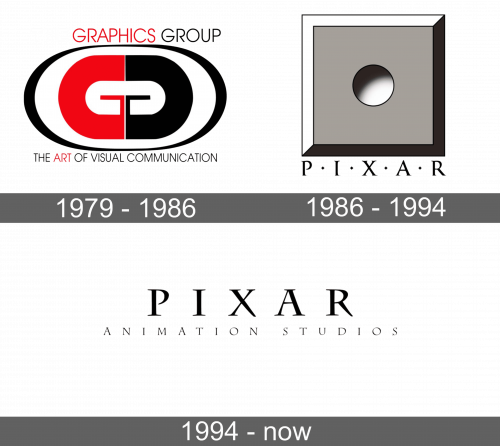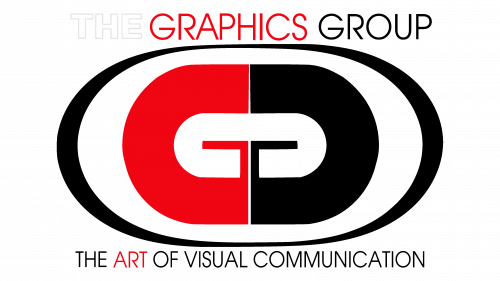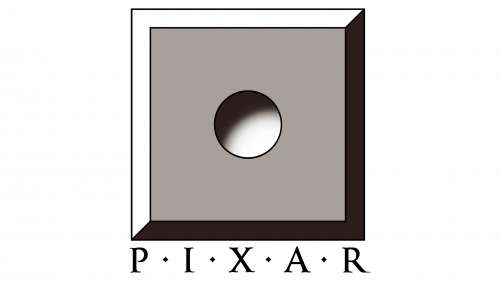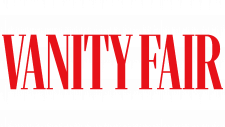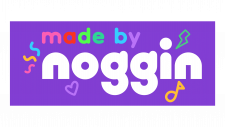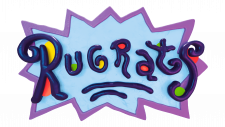Pixar Logo
Pixar Animation Studios, a computer animation studio domiciled in Emeryville, California, amalgamates creativity and technology to fabricate innovative and extraordinary animated films. Pixar’s ability to innovate in the field of computer animation stems from its adeptness in creating intricate and stunning visual effects, as well as its finesse in developing compelling storylines that appeal to both adults and children.
Meaning and history
Founded in 1979 by Ed Catmull, Steve Jobs, and John Lasseter, Pixar has become a world-renowned company in the entertainment industry. Pixar has set the bar high for animation studios, as they continuously push the limits of what is achievable through animation. Pixar’s success in combining advanced technology with storytelling has allowed them to create heartwarming and critically acclaimed movies such as Toy Story, Finding Nemo, and The Incredibles.
Pixar’s films are created with a level of detail and attention that is unparalleled in the animation industry. The studio’s team of animators, artists, and technicians bring the characters to life with intricate details, making the audience feel emotionally invested in each character’s journey.
With their unmatched creativity, advanced technology, and attention to detail, Pixar Animation Studios has become an iconic and innovative force in the entertainment industry, providing viewers with awe-inspiring and emotionally moving animated films that will stand the test of time.
What is Pixar?
Pixar is a computer animation studio based in Emeryville, California that creates innovative and visually stunning animated films. They combine creativity and technology to develop compelling storylines that appeal to both adults and children.
1979 – 1986
The Graphics Group, a former Lucasfilm subsidiary, introduced its logo in 1978. The emblem consisted of two horizontally-oriented ovals, with the smaller one in black and red residing within the larger one. The two ellipses were bridged together by the white letter “C”, facing southward. Positioned above the badge was a tricolor wordmark in uppercase letters, with the word “The” in white, “Graphics” in red, and “Group” in black. The emblem was accompanied by an elegant capitalized slogan, “The Art of Visual Communication” in black with the word “Art” in red, displayed delicately beneath the badge.
1986 – 1994
During the year 1986, Steve Jobs took hold of the Graphics Group, which was subsequently reborn as Pixar. The newfangled logo for the establishment featured a tastefully designed illustration of the Apple BSD computer. This was realized by utilizing a gray square that sported black and white peripheries and a round cavity in the center. The Pixar moniker was located beneath the insignia and its letters were interspersed by diminutive black dots. The name caption was executed in an aesthetically pleasing serif typeface known as Trajan Pro Bold.
1994 – today
Pete Docter, a former Pixar employee, created the company’s current iconic logo in 1994, replacing the previous design by John Lassiter. The new logo features a single logotype, crafted in a bold and fashionable serif font known as Charlemagne Bold. Notably, the bottom right end of the “X” bar is pointed, and the tail of the “R” is unique. The updated emblem made its debut during the premiere of Toy Story and remains in use by the company to this day.
Font
The insignia of Pixar is rooted in the Charlemagne Std-Bold typographical style, boasting a unique detail in the curvature of its base serifs. This font was formulated by Carol Twombly over a period of thirteen years, spanning from 1989 to 2002, and subsequently made available for usage by Adobe. The font lineage itself was inspired by the most delicate and polished versal capitals hailing from 10th-century England.
Color
The primary chromatic elements of the composition feature a delicate shade of azure for the backdrop, accompanied by a somber hue of onyx for the characters. Their mascot Luxo Jr., on the other hand, is rendered in a subdued tone of ash, blending into the overall color scheme with its understated appearance.

